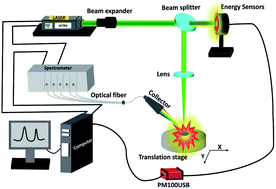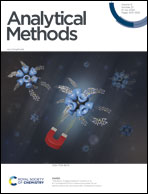Quantitative analysis of coal quality by laser-induced breakdown spectroscopy assisted with different chemometric methods
Abstract
Rapid and accurate measurement of coal quality has great significance for efficient use of coal at thermal power plants. Laser-induced breakdown spectroscopy (LIBS) combined with chemometric methods has many unique advantages in coal analysis. In this study, four calibration models, based on partial least squares regression (PLSR), support vector regression (SVR), artificial neural network (ANN), and principal component regression (PCR), were applied assisted by the LIBS technique for the quantitative analysis of coal quality. In order to find the optimal calibration method with LIBS for coal analysis, the spectral data of 40 standard coal samples with pressed-pellet pretreatment were acquired through a LIBS experimental setup, and the modeling efficiency and prediction accuracy of the four chemometric methods were compared based on these spectral data. As a result, the modeling efficiency of PLSR was found to be the highest, that of SVR was the lowest, and that of ANN ranked third. In terms of prediction performance, ANN was found to work better than the other three chemometric methods, and the average absolute error (AAE) of prediction of ash content, volatile matter content and calorific value were 0.69%, 0.87%, and 0.56 MJ kg−1, respectively. ANN can seek the best compromise of modeling efficiency and prediction accuracy and is demonstrated to be an optimal multivariate calibration method with LIBS for online measurement of coal quality at thermal power plants.



 Please wait while we load your content...
Please wait while we load your content...